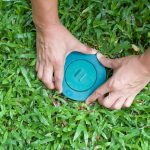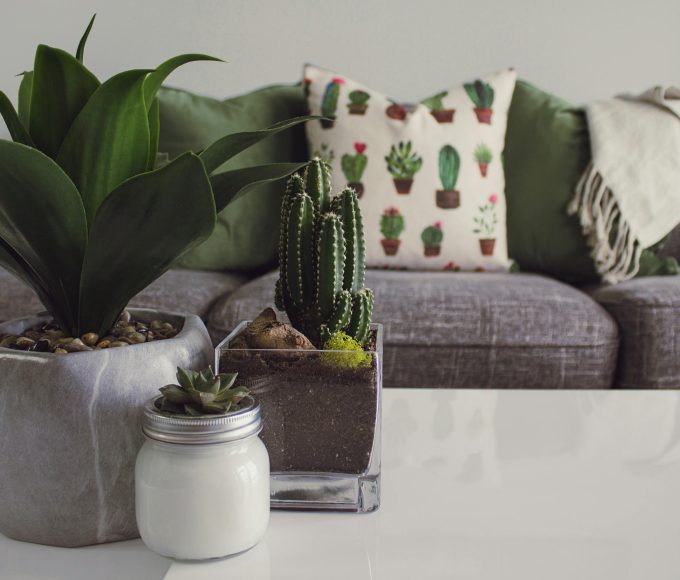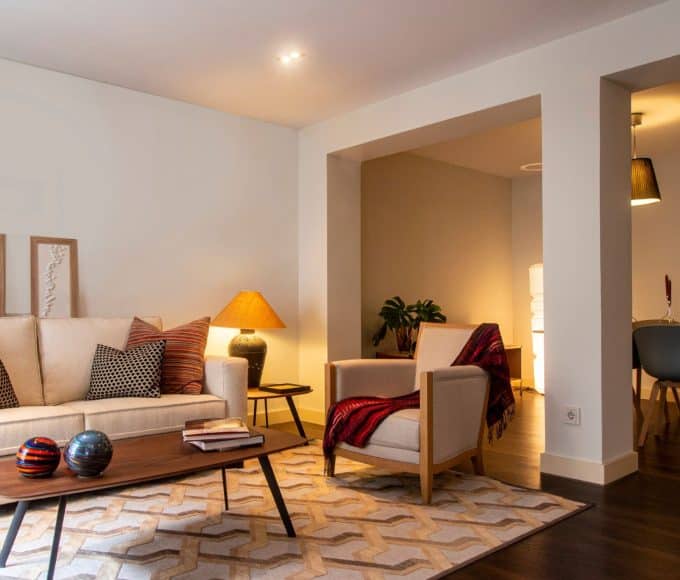With all this talk of cloud computing, tablet PCs, crowd-sourced WiFi and the like, you would think that we would have now evolved beyond the stage of having to sit at a fixed position for the best part of our working day;
The truth is, sitting at a fixed location to get on with some hard grafting is often the only way we can get through our work effectively…yes, your dreams of operating as a digital nomad, surfing on ‘the cloud’ between coffee shop, train, local park, etc, are perhaps a little unrealistic, unless your job specifically calls for the ability to be ultra-mobile, in which case: lucky you!
For rest of us, our office desk will forever be a part of our environment which we will be chained to…does this have to be such a bad thing?; Perhaps it is time to make that desk a fantastic place to sit at and an effective work-zone.
In this article, we will look at some creative solutions to give you some ideas about how to create an idyllic desktop oasis from which to get on with your working day.
Tip 1 – Ergonomics
Sort out the ergonomics first and foremost – if you are spending hours at a desk each day, there is a serious risk of developing RSI or other ailments as a result of sitting at a workspace which is not set up correctly for your particular physical characteristics – some things to consider:
- Make sure that your chair can be adjusted to your particular requirements – arm-rests, adjustable height, adjustable back-rest and the ability to swivel the chair are all useful features which will make sitting at your desk and reaching for nearby objects easier.
- Your monitor positioning is vital – ideally, you would want the monitor to sit at arms’ length, with the top of the unit being a few centimetres above your eye-line – if you cannot adjust your monitor/seat as-is, you may need to use a monitor stand – if you use a multiple monitor setup, this can offer great advantages in terms of productivity, but it will be even more important to position these in such a way that you will not be straining your neck to see each display easily.
- Keyboard and mouse position – these items should be kept pretty close together, with the keyboard more or less facing you centrally (with the numpad slightly to the right of centre, so that the main keypad is perfectly centred in front of your two hands) – gel wrist rests are useful additions to your desktop set-up and can be purchased in configurations for all kinds of keyboards and mice, sometimes attaching to the units themselves or integrated into mouse-pads, etc.
Tip 2 – Tidiness
In Philip K Dick’s novel, “Do Androids Dream of Electric Sheep?”, the term: ‘kipple’ refers to the rubbish which constantly builds up around us, slowly reproducing itself until the world and indeed universe is engulfed in a state of ‘total, absolute kippleization’ – this might sound a bit dramatic, but sometimes this can feel like a familiar concept; if we take a step back and have a look at the various items on our workstations, how many items are really necessary to be in such close proximity to us, or indeed, how many items need to be recycled/disposed of?
We recommend doing a ‘desktop audit’ when you have a chance – essentially recycling (shredding any sensitive paper documents) all documents/scraps which have gathered around your workstation – filing away any documents which you don’t need to have immediately available in an orderly fashion and using desktop organisers to place all of your stationery and any papers which need to be within your grasp – dispose of any useless pens, paperclips, used staples and the like and only have items which you use frequently at arms’ length – all other items can be removed or placed in filing cabinets or drawers, out of sight but neatly arranged so that you can retrieve them if required.
Cable-tidies can be a great help in the war on clutter – but make sure that any mains adapters or items which heat up are not bundled together, as this can cause potentially dangerous overheating.
Cleanliness is a whole other issue, but essentially, if you can keep the amount of desktop crumbs from food items to a minimum, as well as to clean your keyboard, mouse and desk surfaces every month or so, you are well on track to avoiding sticking keys and any health issues associated with spoilt food/bacteria.
Tip 3 – Personalise
The previous tip was about keeping your desktop clutter to a minimum – this doesn’t mean that your desktop has to be devoid of any personality – a desktop plant, favourite photograph, statuette, or any other miscellaneous personal item etc, can all help to make us take a bit of home with us to work – but it should never start to compete with the effectiveness of our desktop PC workspace – or become distracting to yourself or others – items with a small desktop footprint are best; the personalisation doesn’t have to be restricted to the physical world: your PC wallpaper, browser theme and more can all be readily customised as standard with most modern operating systems; some customisations are more useful than others: having twinkling mouse-trails and an animated ‘Santa Claus’ ice-skating on your taskbar are less useful than, say: customising document background and type colour to be easier on the eyes, or adjusting the size of desktop icons/text;
top-tip: Your wallpaper can actually improve your functionality – search for ‘productivity wallpaper’ and you will find many examples of desktop background images which are divided using some sort of grid or visual blocks – the idea being that the user can position desktop icons into relevant labelled/colour-coded areas such as: ‘in progress’, ‘backups’, ‘outgoing’, ‘incoming, etc .
Make sure that your workspace is working for you
At the end of the day, everyone has their own preferences – you may find certain gadgets useful or they may end up gathering dust on your desktop – before considering any amendments to your workspace, think about the advantages and disadvantages the adjustment will make and for any additional items, consider how much of a difference the new object will make to your productivity/comfort: the overall goal is to keep the amount of unnecessary items to a minimum, with any additions only being popped on to the desktop if they will make a positive difference – assessing your desktop at regular intervals will help keep things in check, as you may end up using that expensive ‘must-have’ item as a paperweight after the first week – don’t let it become part of the clutter – tidy it away if it is not in use, and you will be one step closer to a cleaner, tidier, more pleasant workspace.
Josef Armbrecht is a PC Doctor who specialises in PC Repairs Edinburgh who has a passion for minimalist workspaces – for him, less is more.














Leave a comment